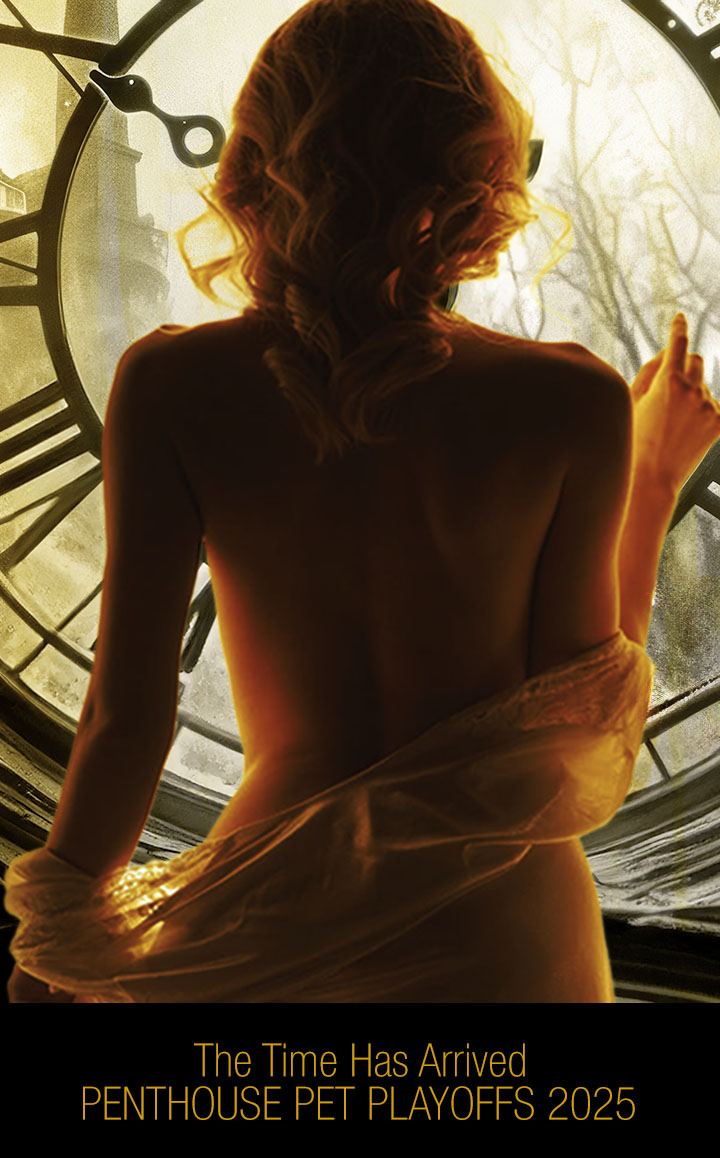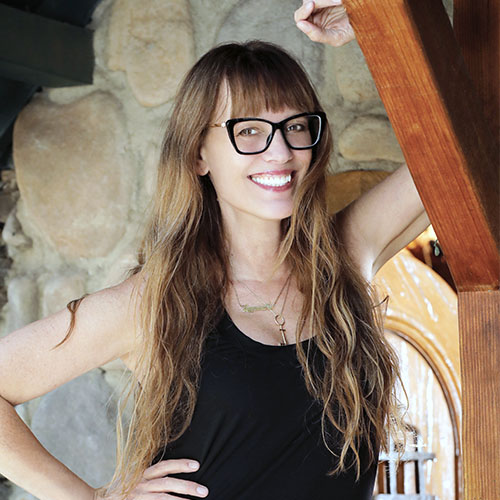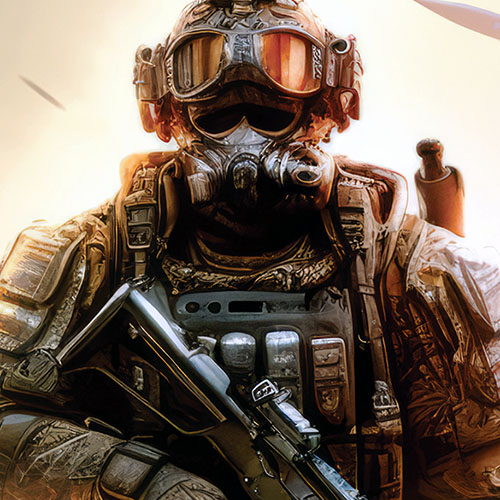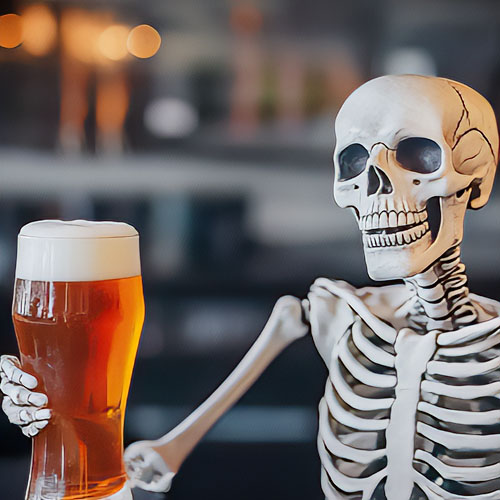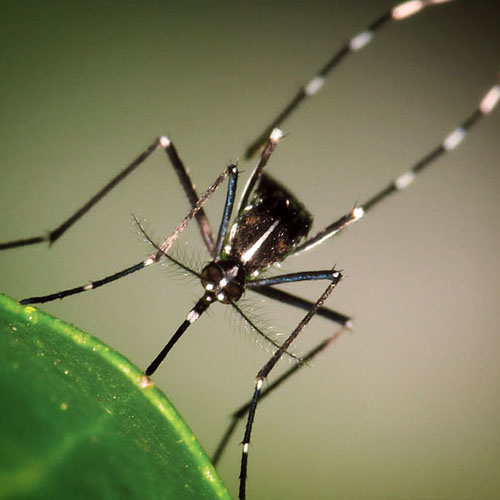Everyone has a dream. Even advertisers.
If you’re a budding copywriter, chances are you dream of one day writing a campaign as attention-grabbing at Nike’s recent surprise spot featuring Colin Kaepernick. Another of those industry big dogs is Coca-Cola and its beverage empire, and every year scores of new, hungry graduates try to land jobs there.
But in 1991, during one of the company’s routine recruitment sessions, an MBA student named Darryl Cobbin turned heads when he told recruiters he wasn’t all that interested in the Coca-Cola account. No, Cobbin had his sights on one of the brand’s less-glamorous products: Sprite.
Why? Well, partly because of the challenge. At the time, Sprite was responsible for just three percent of Coca-Cola’s overall sales. It was still lugging around outdated terminology like “lymon” (a clunky portmanteau combining “lemon” and “lime”), and its primary market was mothers and young children. Cobbin wanted to change that, and in a big way. He wanted Sprite to go after teenagers, one of the most mainstream and highly coveted demographics out there, by aligning it with the values and aesthetics of hip-hop.
And that’s the other reason Sprite actually made sense for Cobbin’s vision. It was one of the few brands that was willing to dip its toe in the waters of rap, with past commercials featuring Kurtis Blow, Heavy D, and Kid ’n Play. These efforts had proven successful in African-American and Latino communities, at least relative to their modest budgets. Cobbin was betting there was plenty more where that came from. He got the job.
It might have seemed like an odd pairing. After all, there wasn’t any inherent connection between lemon-lime soda and hip-hop. But Cobbin figured out early on that they did share a vocabulary: descriptors like crisp, clean, cool, and especially clear, which meant, as author Dan Charnas puts it, “No additives, no bullshit.” Suddenly, a lane emerged. If a soda could be said to be keeping it real, well, Sprite had as good a claim as any. Cobbin brought the concept to the agency that handled the Sprite account, who gave him back a three-line slogan: Image is nothing. Thirst is everything. Obey your thirst. From there, everything changed.
The “Obey Your Thirst” campaign debuted in early 1994 and immediately took off like a rocket, as Cobbin and his collaborator Reginald Jolley, a creative at Burrell Communications in Chicago, came up with a series of commercials featuring rappers like Pete Rock, Large Professor, and Common, which faithfully represented hip-hop culture in a way that had never been seen before in mainstream advertising. Rap fans clamored to tape the commercials off the TV so they could re-watch them again and again. Magazines like The Source were effusive, too. By the end of the year, Sprite’s sales had leapt nine percent, and for the next two years, it would be the fastest-growing soda brand in the country.
The campaign worked in part because Cobbin saw the future before any of his peers did. He knew that hip-hop in the early ’90s was no longer a niche genre—it was the new pop music. “Just as the lemon-lime soda wasn’t going to stay in its lane but rather compete directly with colas, hip-hop would be matched against pop music on its own terms,” writes Charnas in his book The Big Payback. “Both Sprite and hip-hop would win. Not by crossing over. But by taking over.”
In the following years, Cobbin and Jolley went even further. They brought in Nas and AZ to recreate the famous stoop rap from Wild Style, the pioneering hip-hop film. They even convinced their corporate higher-ups to approve an ambitious, five-part, anime-style commercial where rappers from across the U.S. came together to form a new version of the super robot Voltron and defeat the evil King Zarkon—a nod to the Asian pop culture that was, in turn, influencing groups like the Wu-Tang Clan. A parallel campaign, “Grant Hill Drinks Sprite,” built around the affable NBA player, gave the soda further in-roads into black culture.
Which is pretty much how we got to now. These days, Sprite commercials still regularly feature rappers like Drake and Lil Yachty, as well as current A-list athletes like LeBron James (playing a baseball pitcher named “Big Taste,” for some reason). While no longer the official soda of the NBA, Sprite was still ranked on Forbes’s “World’s Most Valuable Brands” list in 2015, with an estimated value of more than $6 billion. Not bad for a humble lymon.






